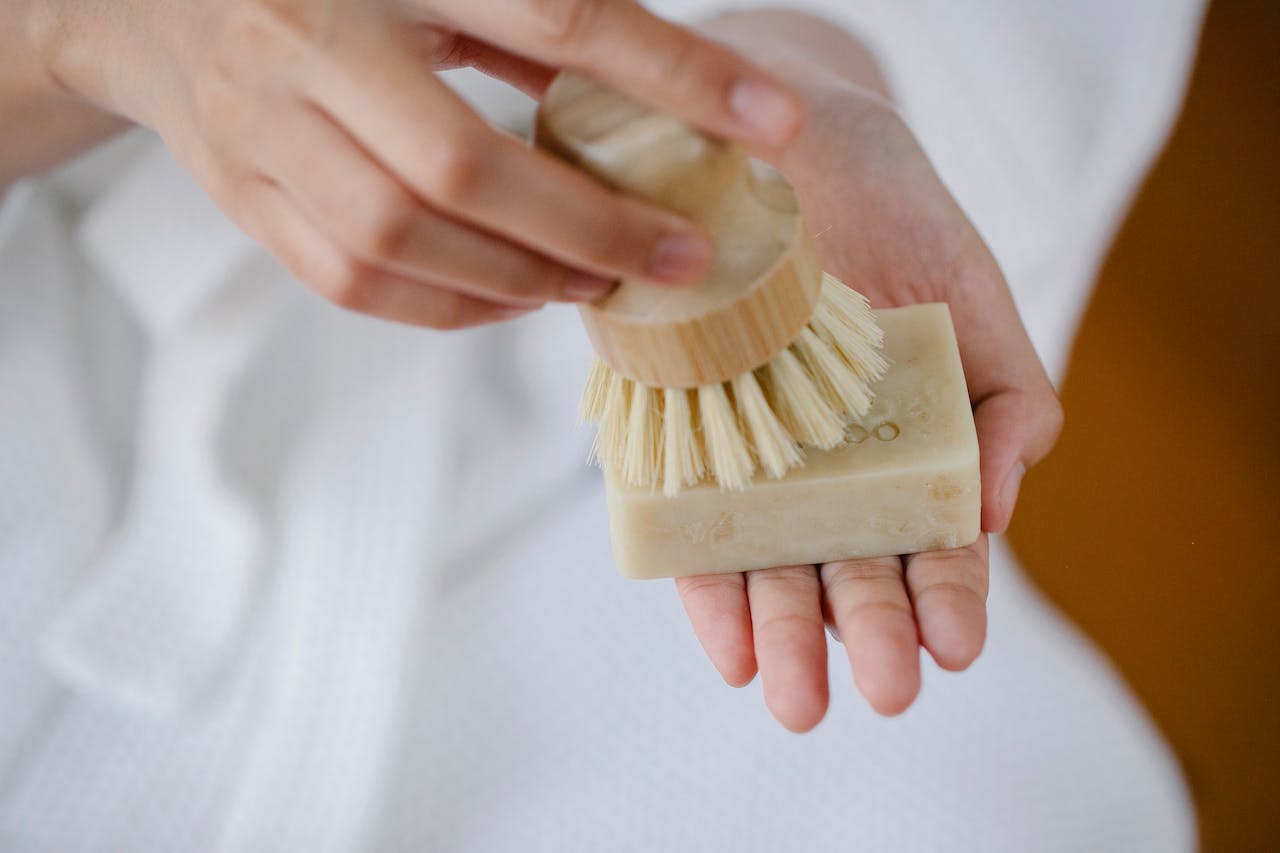Brachioplasty, commonly known as an arm lift, is a surgical procedure designed to remove excess skin and fat from the upper arm, resulting in a more contoured and defined arm appearance. While exercise can strengthen the underlying muscles, it often falls short in addressing sagging skin. Brachioplasty has emerged as an effective solution for individuals looking to achieve a firmer and more toned arm profile.
Understanding the Procedure
During the procedure, an incision is made along the inner or back part of the arm, depending on the extent of skin laxity. Excess skin and fat are then removed, and the remaining skin is repositioned for a tighter, smoother appearance. Although the surgery yields significant improvements, it’s essential to understand the potential risks and complications, including scarring, infection, and prolonged recovery time.
Post-Surgery Care and Recovery
Following brachioplasty, patients are advised to follow a specific recovery regimen to facilitate proper healing. This may include wearing compression garments, avoiding strenuous activities, and attending follow-up appointments with the surgeon. Understanding the intricacies of post-surgery care is crucial in ensuring optimal results and minimizing any potential complications.
Enhancing Body Confidence
For individuals struggling with excess arm skin due to factors such as weight loss or aging, brachioplasty can significantly enhance body confidence. By achieving slimmer and more proportionate arms, patients often experience a boost in self-esteem, leading to a more positive body image and an improved quality of life.
Conclusion
Brachioplasty serves as an effective solution for individuals seeking to eliminate excess, sagging skin and achieve well-defined arm contours. While understanding the benefits, risks, and post-surgery care is crucial, consulting with a board-certified plastic surgeon is essential to determine whether brachioplasty is the right option based on individual goals and health considerations.







